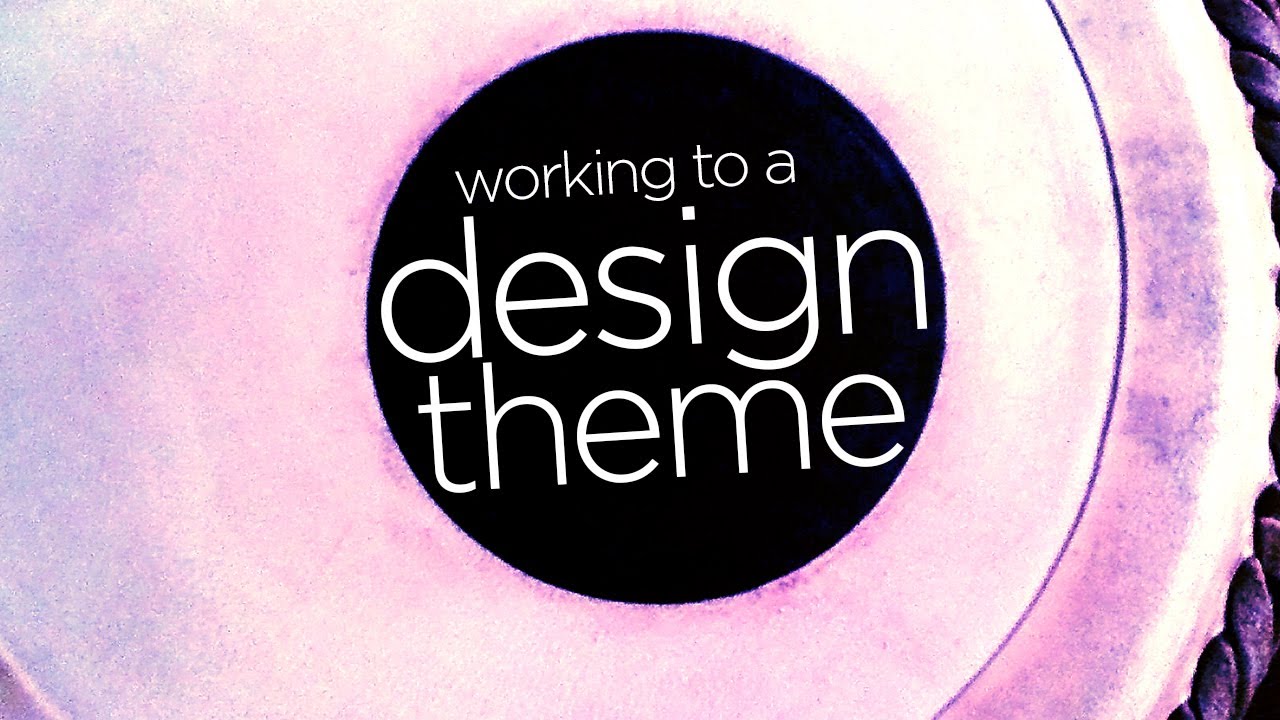Slot games have become a popular form of entertainment in the casino industry. They attract players with their engaging gameplay, exciting themes, and the chance to win big. But behind every successful slot game is a team of talented designers who meticulously craft every aspect of the game. In this article, we will explore the art of designing a slot game.
Designing the Theme

The theme of a slot game is what initially captures the attention of players. It sets the mood and establishes the overall vibe of the game. Designers spend countless hours brainstorming and researching to come up with unique and appealing themes. They study popular trends, historical events, and even popular culture to find inspiration for the next hit slot game.
Creating the Visuals
Once the theme is decided, it’s time to bring it to life through visuals. Designers create stunning graphics and animations to make the game visually appealing and exciting. They carefully choose color schemes, fonts, and symbols that are cohesive with the theme and resonate with the target audience. The visuals play a crucial role in immersing players in the game and enhancing their overall gaming experience.
Developing the Gameplay
Behind the captivating visuals of a slot game lies the gameplay, which determines the level of enjoyment and engagement for the players. Designers work closely with developers to design the mechanics of the game, including symbols, paylines, and bonus features. They strive to strike the perfect balance between simplicity and complexity, ensuring that the game is easy to understand for casual players while still offering enough depth to keep experienced players entertained.
Sound Design
Sound design is another important aspect of slot game development. Designers create unique sound effects and background music that complement the theme and enhance the overall atmosphere of the game. The right combination of sounds can evoke emotions and create a sense of anticipation, making the gameplay even more immersive and exciting.
User Experience Optimization
In addition to the creative aspects, designers also focus on optimizing the user experience (UX) of the slot game. They aim to create a seamless and intuitive interface that allows players to navigate the game effortlessly. This includes designing user-friendly menus, clear instructions, and interactive elements that enhance the overall usability of the game.
In conclusion, designing a slot game is a multidisciplinary process that requires a combination of artistic creativity and technical expertise. From conceptualizing the theme to creating captivating visuals, developing engaging gameplay, and optimizing the user experience, every aspect of a slot game is carefully designed to keep players entertained and immersed. The art of designing a slot game is truly a blend of creativity, strategy, and innovation.